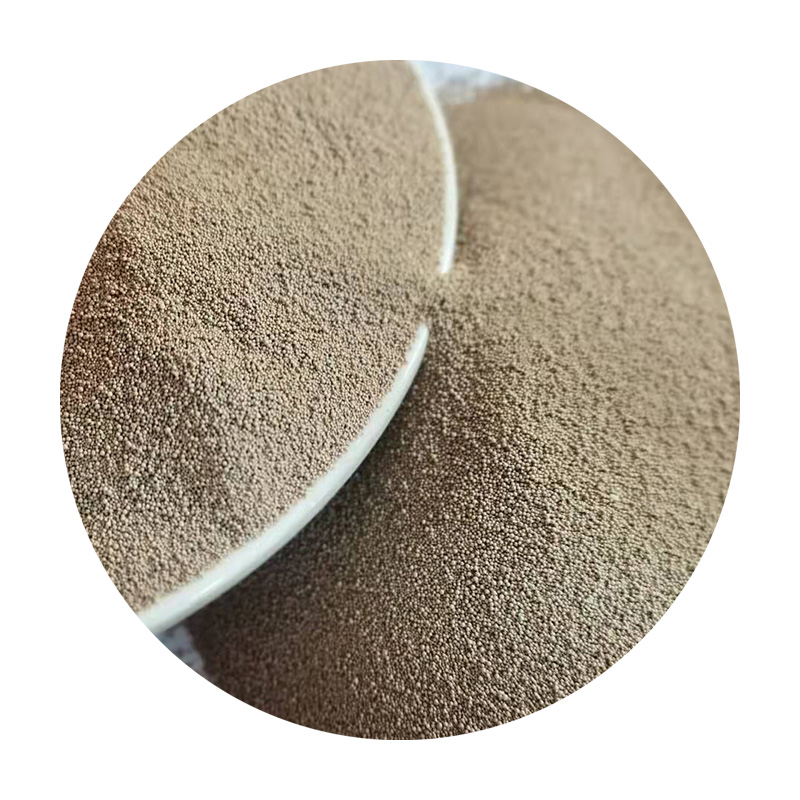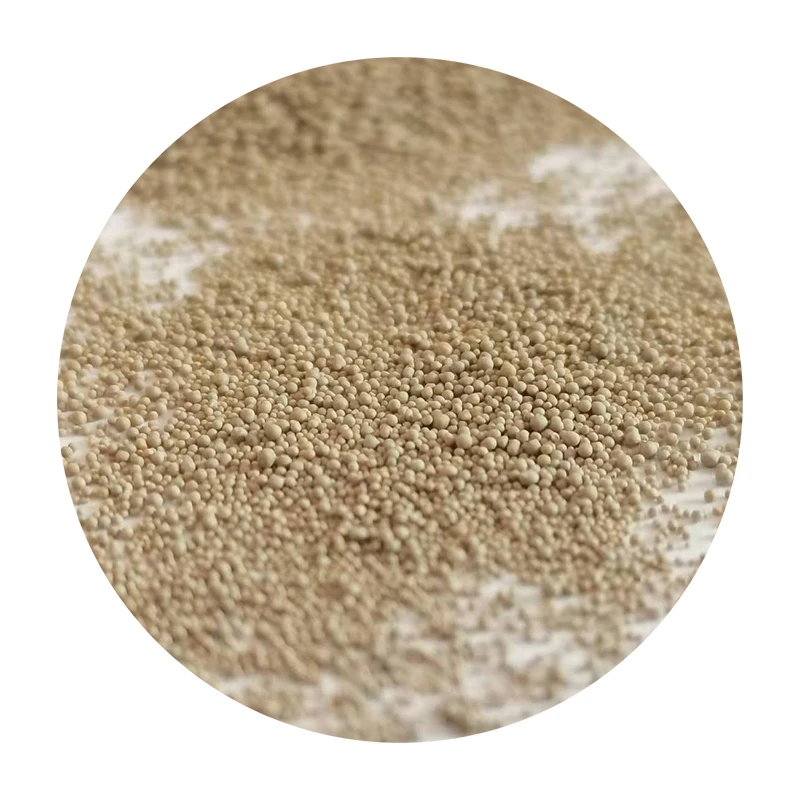- Introduction to Sand Casting and Its Industrial Relevance
- Technical Advantages Driving Adoption
- Vendor Comparison: Capabilities and Limitations
- Customization Strategies for Specific Requirements
- Real-World Applications Across Industries
- Challenges and Mitigation Approaches
- Future Outlook and Sustainable Practices

(sand casting advantages)
Understanding Sand Casting and Its Industrial Significance
Sand casting remains the most utilized metal-forming method globally, accounting for 60% of all metal castings produced. This foundry process enables manufacturers to create complex geometries weighing from 100 grams to 200 tons, serving industries ranging from automotive to energy infrastructure. The technique's longevity stems from its unique combination of flexibility and cost-effectiveness, particularly for low-to-medium production runs.
Technical Superiority in Manufacturing
Modern sand casting delivers 15-20% faster production cycles compared to permanent mold alternatives through improved binder systems. Key technical merits include:
- Material compatibility with 90% of engineering alloys
- Surface finish capabilities down to Ra 250-500 µin
- Dimensional tolerances of ±0.8 mm on first 25 mm
Advanced simulation software now predicts flow dynamics with 94% accuracy, reducing prototyping iterations by 70% compared to traditional trial-and-error methods.
Manufacturer Capabilities Analysis
| Vendor | Max Part Weight | Surface Finish | Lead Time |
|---|---|---|---|
| Foundry A | 8,000 kg | Ra 320 µin | 6 weeks |
| Foundry B | 25,000 kg | Ra 420 µin | 9 weeks |
| Foundry C | 500 kg | Ra 280 µin | 4 weeks |
Tailored Solutions for Complex Needs
Specialized applications employ hybrid approaches combining 3D-printed sand molds with conventional patterns. This integration achieves:
- 75% reduction in tooling costs for prototypes
- Wall thickness reduction to 2.5 mm in aluminum castings
- Internal channel complexity unachievable with CNC machining
Industry-Specific Implementation Cases
The transportation sector demonstrates sand casting's versatility:
- Automotive: Engine blocks with integrated cooling channels (15% weight reduction)
- Rail: Brake system components surviving 10^8 load cycles
- Marine: Propeller housings resisting saltwater corrosion for 15+ years
Addressing Process Limitations
While surface quality remains 20-30% rougher than investment casting, post-processing techniques like robotic grinding achieve Ra 125 µin finishes at $0.25/cm². Environmental concerns regarding silica dust have been mitigated through 98% efficient particulate capture systems.
Sand Casting Advantages in Modern Manufacturing
As digital pattern-making reduces setup costs by 40%, sand casting continues evolving beyond its traditional role. The method now supports just-in-time production of high-mix components, with automated foundries achieving 92% material yield rates. These advancements position sand casting as a sustainable solution for circular manufacturing initiatives.

(sand casting advantages)
FAQS on sand casting advantages
Q: What are the main advantages of sand casting?
A: Sand casting offers low tooling costs, flexibility in producing large or complex parts, and compatibility with a wide range of metals, including aluminum, iron, and steel. Its simplicity makes it ideal for low-to-medium volume production.Q: What are the key disadvantages of the sand casting process?
A: Sand casting typically has lower dimensional accuracy compared to other methods, requires post-processing for smooth surfaces, and is less efficient for high-volume production due to slower cycle times.Q: How does sand casting compare in cost to other casting methods?
A: Sand casting is cost-effective for prototypes and small batches due to inexpensive molds, but long-term costs may rise for mass production because of labor-intensive steps like mold rebuilding and finishing.Q: Can sand casting produce intricate designs?
A: Yes, sand casting can create complex geometries by using reusable patterns, but fine details may lack precision, and additional machining is often needed to achieve tight tolerances.Q: Is sand casting suitable for high-strength components?
A: While sand casting supports strong metals like steel, internal defects like porosity may occur, requiring heat treatment or machining to enhance structural integrity and surface quality.Next:Foundry Sand Recycling Solutions Reuse & Reduce Costs Efficiently
